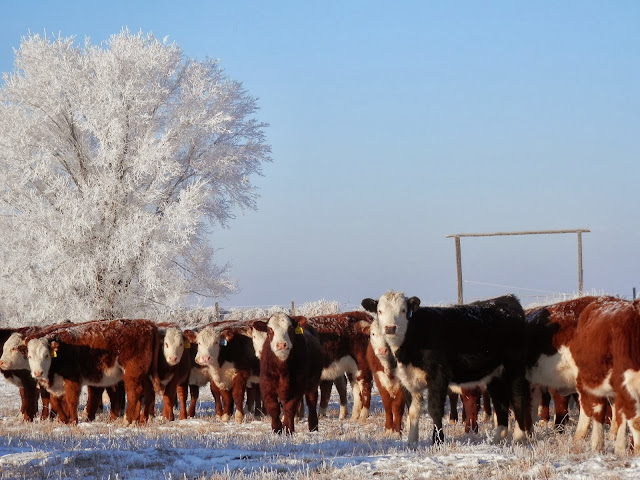We’ve been attending roundtable discussions around the state
to address the future of Agricultural Education in Idaho. To spur "out of the
box" thinking, we're encouraged to answer the question, What if we could . . . ?
We start each gathering of concerned parents, teachers, business owners and student leaders with a discussion of the strengths of
the current program. So many great things come up: gives hands-on kids a place to succeed, provides public speaking
opportunities, teaches financial record keeping, mentors individual profit-making
projects, teaches life skills and work ethic, exposes kids to the wide world of careers in food production, etc.
We then go on to discuss needs of the program: more trained ag teachers, a program in every
school, administrative support, a vo-ag advocate on every school board, funding
to update machine shop technology, competitive salaries, liaisons with local businesses and industry, etc.
Without exception, the discussion comes around to the need to
educate the public that what was once “Future Farmers” now encompasses a whole range of study. From natural
resource education (forestry, environmental science, etc.), to machine shop
technology (small engines, welding, etc.), and leadership training (public speaking,
parliamentary procedure, etc.), kids get real world application on a host of subjects. Even agriculture curriculum has expanded to include subject matter like greenhouse experience and landscape design in addition to plant and animal science.
To wrap up the meetings, we talk about current efforts to obtain more funding
from the state legislature and how each of us can help forward that effort. And
in every case, with six meetings to date under our belt, the “needs” of the
local community line up with goals of the Agricultural Education Initiative.
Mentoring for new teachers, a full time FFA coordinator, incentive grants for
programs that meet quality standards, start-up monies for new programs, and
additional funding to cover costs of running a program are all covered with
the initiative effort.
I had the pleasure of sharing a roundtable with a school
board member from a neighboring district. He said that vocational-agriculture classes drive higher education. What? Turns out that
some kids, especially those that do better with hands-on activities and never thought they
would attend any schooling beyond graduation, get in an ag class and find out they
like school after all. Their interest is peaked by learning to weld or learning
about careers in farming, or like our kids, compelled by the leadership opportunities provided by FFA.
At a different roundtable on another evening, I listened to a first-year female teacher tell the story of one student,
considered a lost cause by the other teachers, who got enthused when the class dissected
hearts from deer they had harvested during hunting season. She is now talking to him about careers in wildlife management or biological sciences. He found out he was
interested in learning after all. Stories like these abound in ag education.
What if we could . . .?
What if I could . . .?
It’s a great exercise to
look at our own lives with the same mind set.
What if I could - read to the kids every night . . . turn off the tv . . . clean out the
basement . . . land my dream job . . . start a business . . . rebuild my
marriage . . . get published!
or “like” and stay tuned to the Initiative's facebook page:
photo courtesy of Sara Schmidt











.JPG)
.JPG)
.JPG)
.JPG)


































